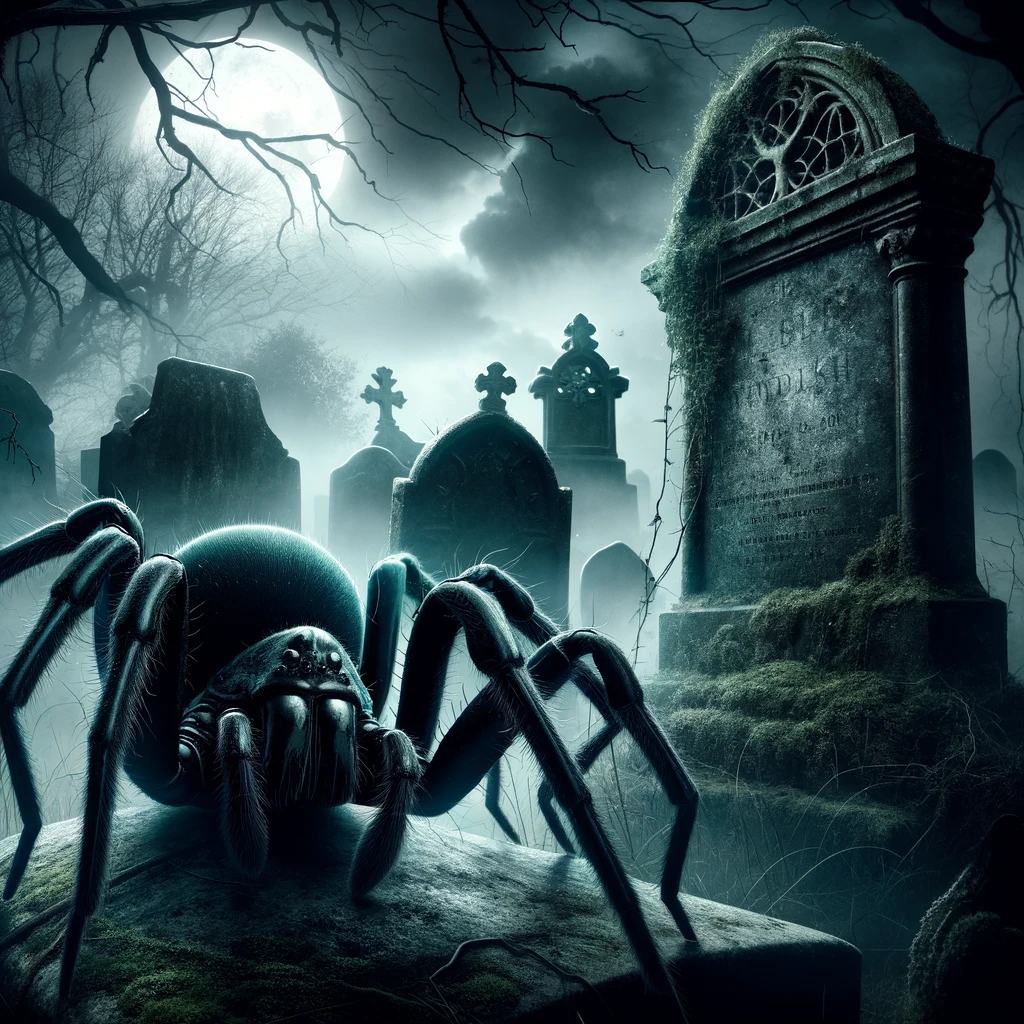
The European legend of the spider’s curse is a compelling tale, blending elements of folklore, superstition, and mystery. This story, though varying in details across different regions, generally revolves around a cursed spider and its impact on the people it encounters.
Origins and Variations
The legend is believed to have originated in medieval Europe, a time when superstitions and myths were rife and often intertwined with daily life. Different versions of the story can be found across Europe, with each region adding its unique twist. For instance, in some Eastern European versions, the spider is a transformed witch, while in Western narratives, it might be seen as a demon’s minion.
The Core Tale
At the heart of the legend is a spider, often described as unnaturally large and possessing eerie, almost human-like qualities. The spider is said to be cursed, either due to a witch’s spell, a demonic pact, or a divine punishment. This curse grants the spider a long life and often some form of malevolent intelligence or supernatural abilities.
The Curse’s Effects
The curse’s effects vary but are invariably malevolent. In some stories, the spider brings misfortune or illness to those it encounters. In others, it is said to feed on the souls or life force of its victims, often leaving a trail of unexplained deaths or illnesses in its wake. Some versions of the legend even attribute the spider with the ability to manipulate its victims, luring them into dangerous situations.
Cultural Impact
The legend of the spider’s curse has had a significant impact on European folklore. It has been a source of numerous tales and superstitions, influencing literature, art, and even daily practices. For example, in some regions, there are traditions about the proper way to kill a spider or rituals to ward off its curse.
Modern Interpretations
In contemporary times, the legend continues to inspire various forms of media, including literature, films, and video games. These modern interpretations often play on the themes of fear and the unknown, tapping into the deep-seated human anxiety about what lurks in the shadows. Moreover, psychologists sometimes reference this legend when discussing arachnophobia, the irrational fear of spiders, suggesting that such myths may contribute to this common phobia.
Conclusion
The European legend of the spider’s curse remains a fascinating example of the enduring power of folklore. It not only reveals much about the fears and beliefs of our ancestors but also continues to influence and intrigue us today. As with many such tales, it serves as a reminder of the human penchant for storytelling and the need to find meaning in the mysterious and unexplained aspects of the world around us.
